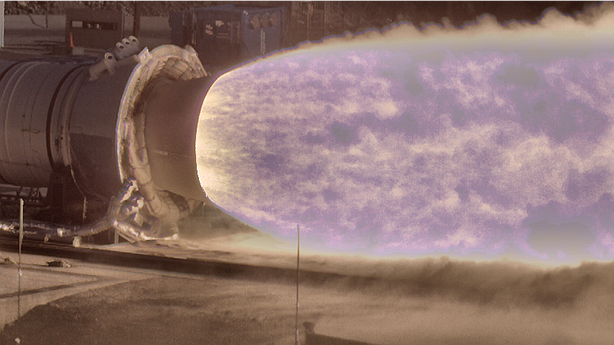-
Tips for becoming a good boxer - November 6, 2020
-
7 expert tips for making your hens night a memorable one - November 6, 2020
-
5 reasons to host your Christmas party on a cruise boat - November 6, 2020
-
What to do when you’re charged with a crime - November 6, 2020
-
Should you get one or multiple dogs? Here’s all you need to know - November 3, 2020
-
A Guide: How to Build Your Very Own Magic Mirror - February 14, 2019
-
Our Top Inspirational Baseball Stars - November 24, 2018
-
Five Tech Tools That Will Help You Turn Your Blog into a Business - November 24, 2018
-
How to Indulge on Vacation without Expanding Your Waist - November 9, 2018
-
5 Strategies for Businesses to Appeal to Today’s Increasingly Mobile-Crazed Customers - November 9, 2018
NASA releases rocket booster test slow-motion video
The new camera will allow NASA scientists to record both tests and – in the long term – actual missions, obtaining a final product that yields invaluable insights.
Advertisement
NASA released a slow motion video with showing a rocket plume recorded with High Dynamic Range Stereo X (HiDyRS-X), the image of a rocket plume has never been captured before due to excessive brightness.
When Orbital ATK test-fired the QM-2 solid rocket booster, a stream of superhot flame was seen coming out of the rocket’s exhaust for almost two minutes.
First announced in May of 2015, NASA’s High Dynamic Range Stereo-X (HiDyRS-X) project was created to offer high-speed 3D footage that’s recorded in a high dynamic range (i.e.in a bunch of exposures at once). Watch the unbelievable video of the test by NASA for the very first time here. In the past, cameras have a hard time adjusting their exposure to something so intense, so all you often see is an overexposed jet of fire.
The HiDyRS-X managed to capture the burning flames coming from the rear part of the rocket. It enabled engineers to study the Space Launch System (SLS) that they hope will one day take astronauts to Mars.
The video offers a spectacular view of the QM-2 test by the company Orbital ATK on June 28, which test-fired a full-scale version of the solid rocket booster that will help launch NASA’s new Space Launch System megarocket on missions into deep space, Space.com reported on Sunday. NASA also plans to use the powerful rocket to launch the new Orion for deep space missions.
The SLS booster rocket in the footage was developed by the private space firm Orbital ATK.
Advertisement
The first test flight of SLS and Orion is scheduled for launch in 2018.




























